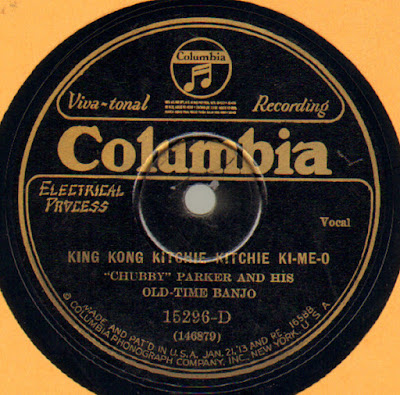Baby for Me*
Today’s formative-album replay: The Heartbeat of Soweto. Paul Simon may have been hooked by the doo-wop echoes he heard in South African township jive, but what first gripped my imagination in this extraordinary collection—which I sought out entirely thanks to the appropriative ambassadorship of Graceland, though these are not the specific songs or bands that inspired Simon, by most accounts—was the guitar sound. I’m not even sure I had much firsthand acquaintance with the six-string when I first heard the chiming arpeggios of Thomas Chauke’s “Nwana Wamina” that open this record like a kind of spindly fanfare, but it’s as if my fingers were immediately able to feel the high-wire walk up the neck of the guitar, and somehow that unmistakeable feeling of stretching, plucking, and teetering was part of the meaning of the music for me. It opened up new possibilities of hearing, cleared out new corners of my ears, and directly inspired this song of mine. There was much else to relish and dig into here—chiefly and relatedly, the way this music seems to make familiar three-chord pop/rock harmonies jump and jolt in fresh, disarming ways, which is another way of describing the attraction it apparently held for Simon—but the thing that struck me then, and hit me again on this replay, is the sense that, even amid a chorus of forefronted human voices, the guitar is the lead singer here.
Not all of the guitar parts ring out like Chauke’s piercing electric, but they have a distinctive flavor throughout, a major-key effusiveness, even when smeared with the grit of distortion, that I’ve since clocked as a cousin of West African high life. There’s also a prickly, harp-like instrument I can’t identify thrumming spikily through many of these tunes, and a weird, whistling flute (on two tunes by M.D. Shirinda and the Gaza Sisters), alongside the familiar wheeze of accordion, click of drums, and snap of bass. The accordion is a key reference point, as it was for Simon, because even when it’s not present, the songs all seem to share the alternating, circular quality of breath. This can occasionally be maddening; on a song like Armando Bila Chijumane's “Kamakhalawana,” the short, repetitive phrases of vocals and harp made me feel trapped in a spin cycle, like a playing card stuck in the spokes of a bicycle tire. Others, though, like Amaswazi Emvelo's "Jabula Mfana," have an irresistible, leap-frogging, back-and-forth tug.
Another binary way I heard these songs this time: as a series of interlaced call-and-response pairings, between lead vocalist and chorus, between female and male choruses (two tracks by Mlokothawa), between springy bass and prickly guitar, between flute and accordion. And though the vocals—sung in a variety of South African languages and switching off among unison chants, sharp-edged harmonies, honks and rasps and bleats and wails—still aren’t my favorite thing about this music (later supplemented by this indispensable collection), they remain as novel and striking as the singing guitar that served as my siren into these whirlpools.
*Best I can tell, this is the translation of the Tsonga title "Nwana Wamina."




Comments
Post a Comment